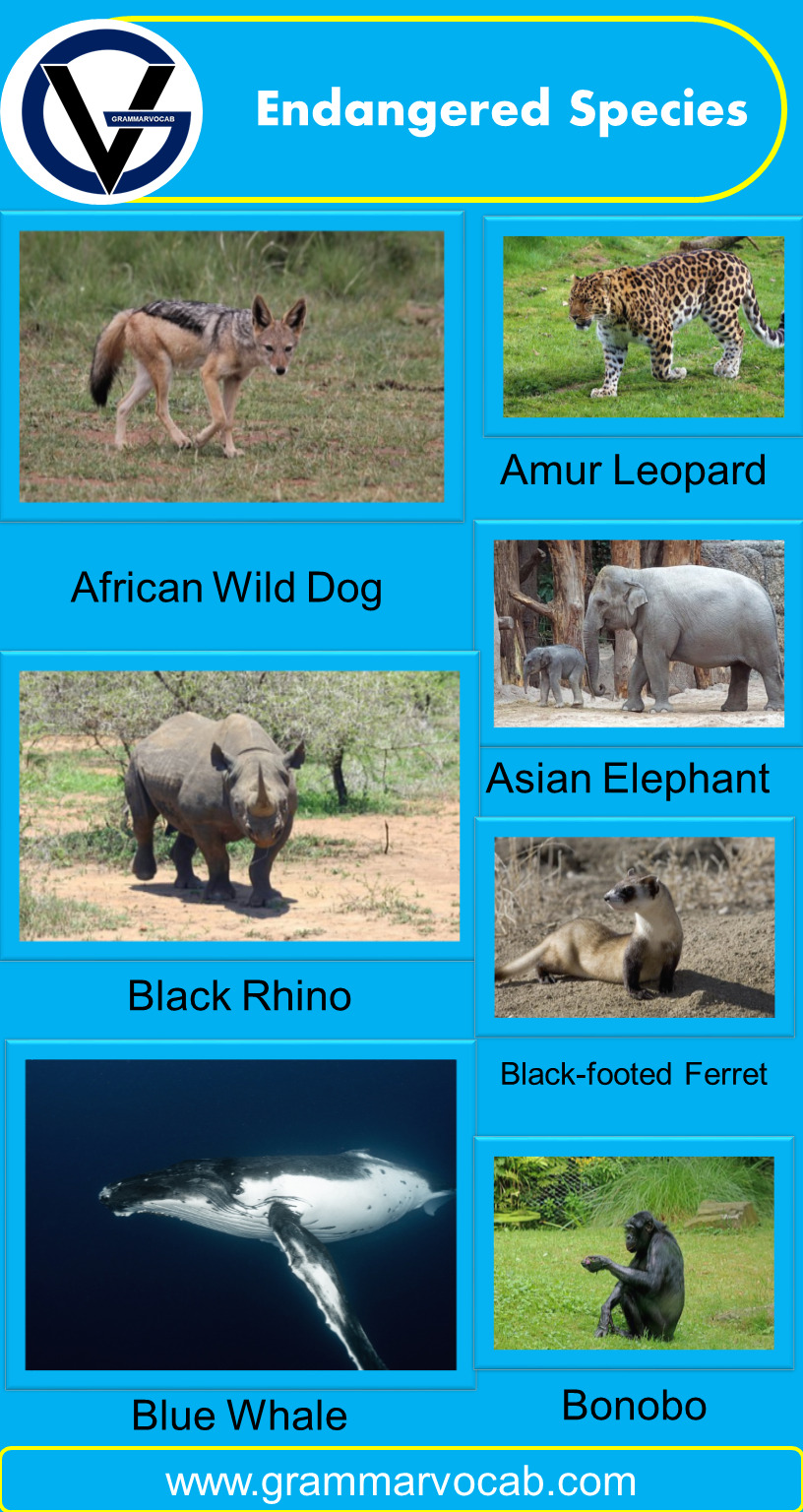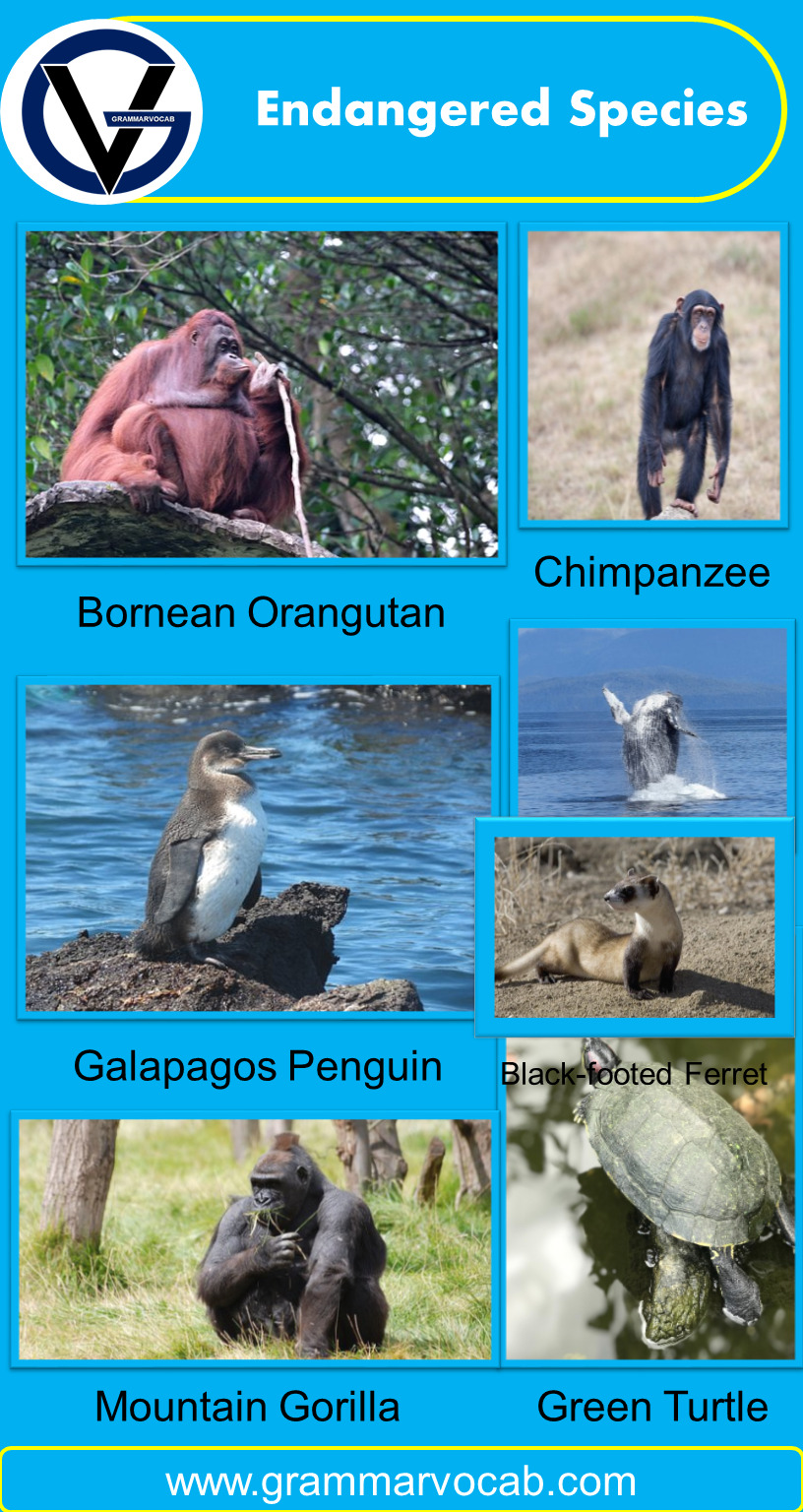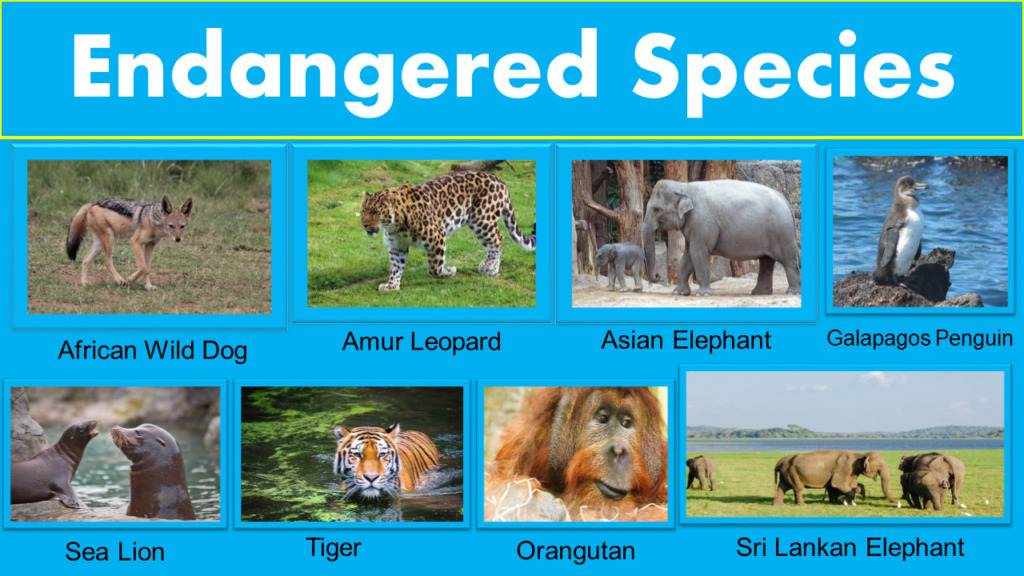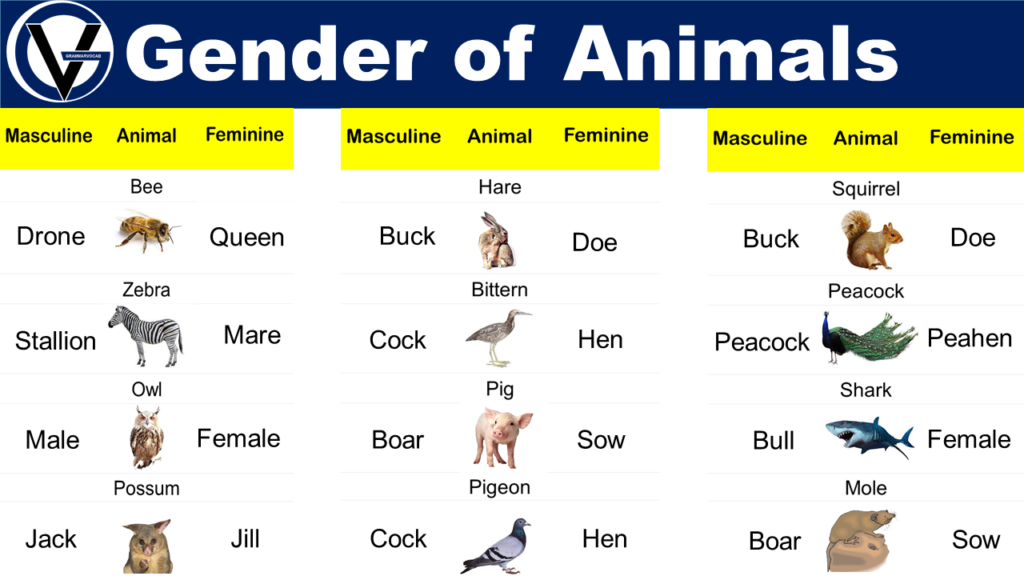The List of Endangered Species is a vital tool for protecting wildlife and their habitats. It serves as a record of the species that are most at risk of extinction and guides conservation efforts to ensure their survival. The list is maintained by the United States Fish and Wildlife Service (USFWS) under the Endangered Species Act, which was passed in 1973. Over the years, the Endangered Species List has become an essential resource for scientists, conservationists, and policymakers who are working to protect biodiversity and prevent the loss of irreplaceable species.
Endangered Animals Name
- Green Turtle
- Bornean Elephant
- Bonobo
- Bluefin Tuna
- Ganges River Dolphin
- Orangutan
- Mountain Gorilla
- North Atlantic Right Whale
- Javan Rhino
- Indus River Dolphin
- Whale
- Blue Whale
- Asian Elephant
- Sea Lion
- Tiger
- Sei Whale
- Amur Leopard
- Red Panda
- Humphead Wrasse
- Chimpanzee
- Eastern Lowland Gorilla
- Sumatran Elephant
- Cross River Gorilla
- Hawksbill Turtle
- Irrawaddy Dolphin
- Sumatran Orangutan
- Sumatran Rhino
- Fin Whale
- Bornean Orangutan
- Sunda Tiger
- Vaquita
- Western Lowland Gorilla
- African Wild Dog
- Yangtze Finless Porpoise
- Indian Elephant
- Black-footed Ferret
- Galapagos Penguin
- Whale Shark
- Sea Turtle
- Hector’s Dolphin
- Sri Lankan Elephant
- Black Rhino
Why are animals endangered?
Animals can become endangered due to a variety of factors, including:
Habitat Loss: The destruction, fragmentation, or degradation of natural habitats is the primary cause of species endangerment. This can occur due to human activities such as deforestation, urbanization, or industrial development.
Climate Change: Global warming and climate change can disrupt the natural cycles of ecosystems, causing the loss of habitat, changes in migration patterns, and the extinction of certain species.
Overhunting or Overfishing: Unsustainable hunting or fishing practices can deplete animal populations to the point where they become endangered or threatened. This can occur due to commercial or recreational hunting, poaching, or the illegal wildlife trade.
Pollution: Pollution can have severe impacts on animal populations, affecting their reproductive rates, health, and survival. Examples of pollutants that can harm animals include pesticides, oil spills, and plastics.
Invasive Species: Invasive species are non-native species that can disrupt ecosystems by outcompeting or preying upon native species. This can lead to the decline or extinction of native animal populations.
Disease: The spread of disease can also have a significant impact on animal populations, especially if they are already facing other threats such as habitat loss or hunting.
Overall, the main causes of animal endangerment are human activities that have a negative impact on the natural environment and disrupt the delicate balance of ecosystems.
Must Learn: All farm Animals’ Names
Endangered Species Pictures







